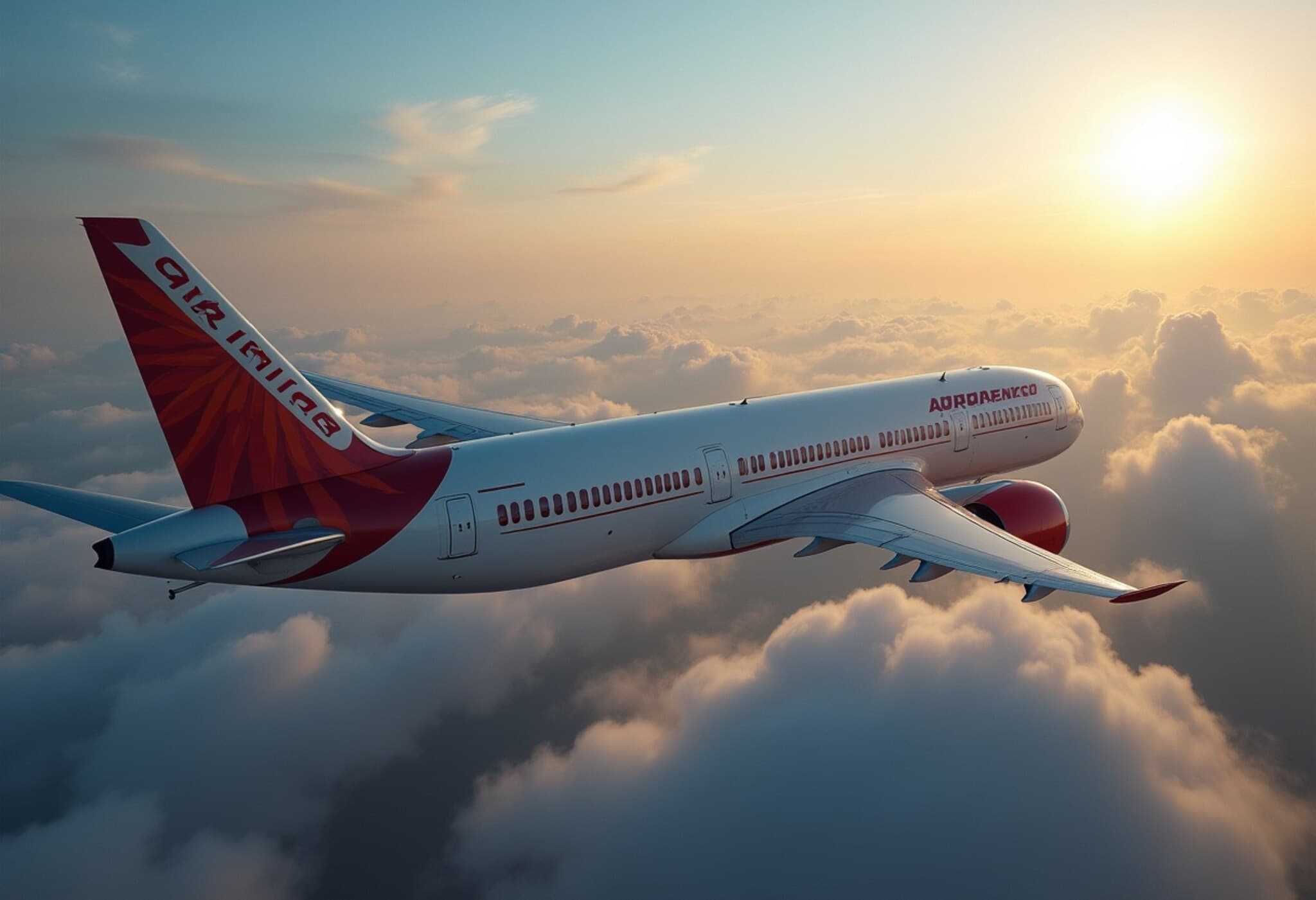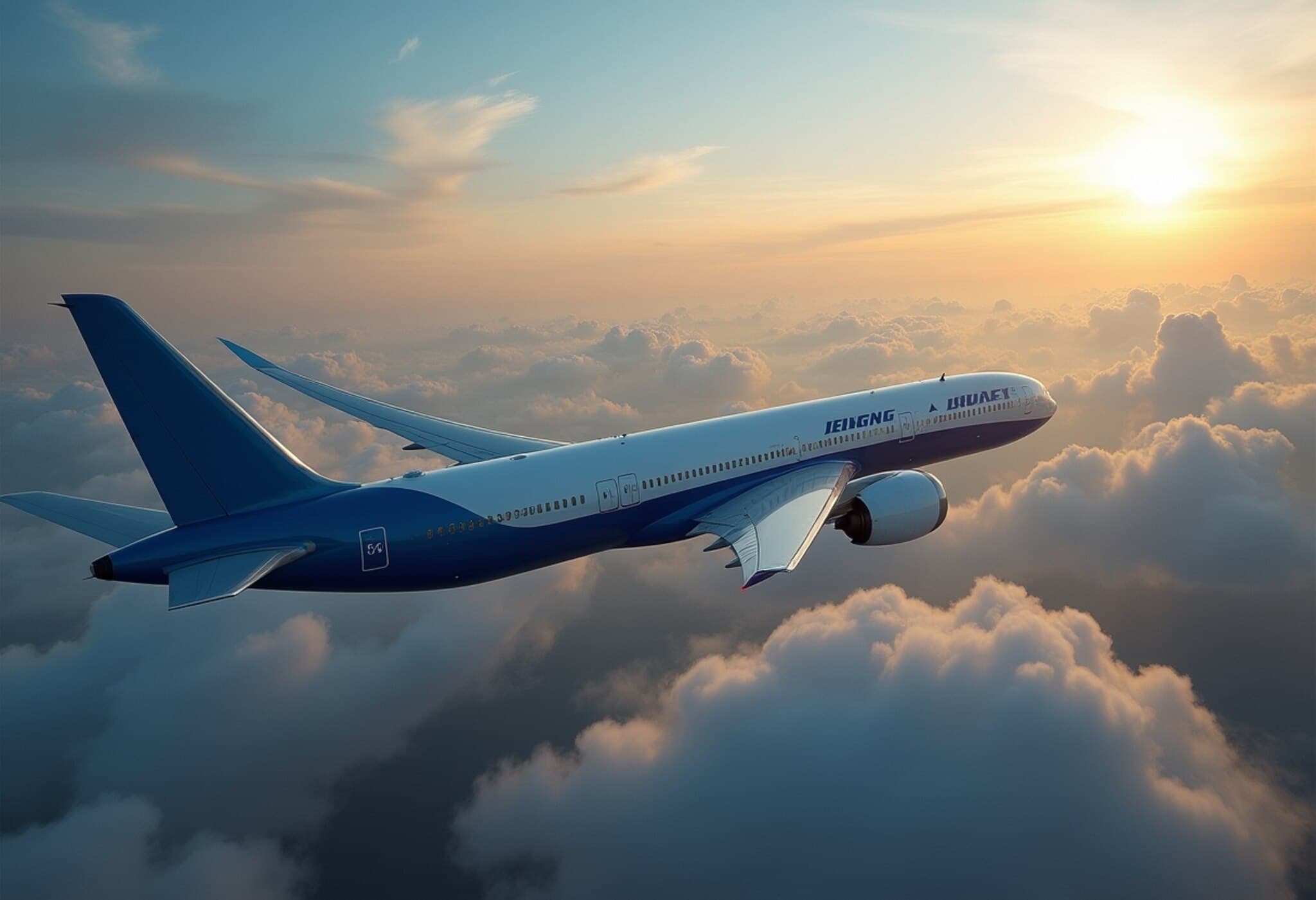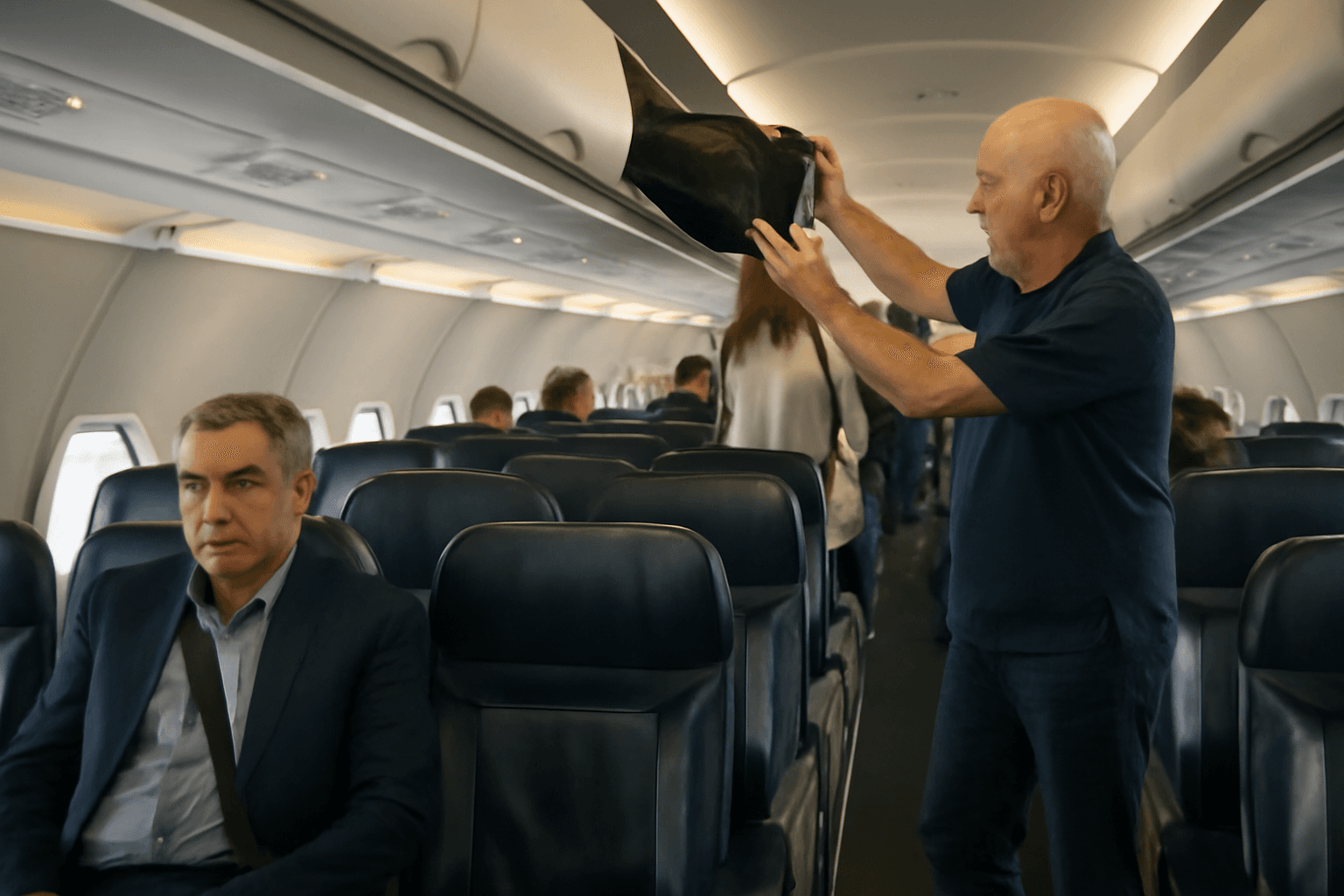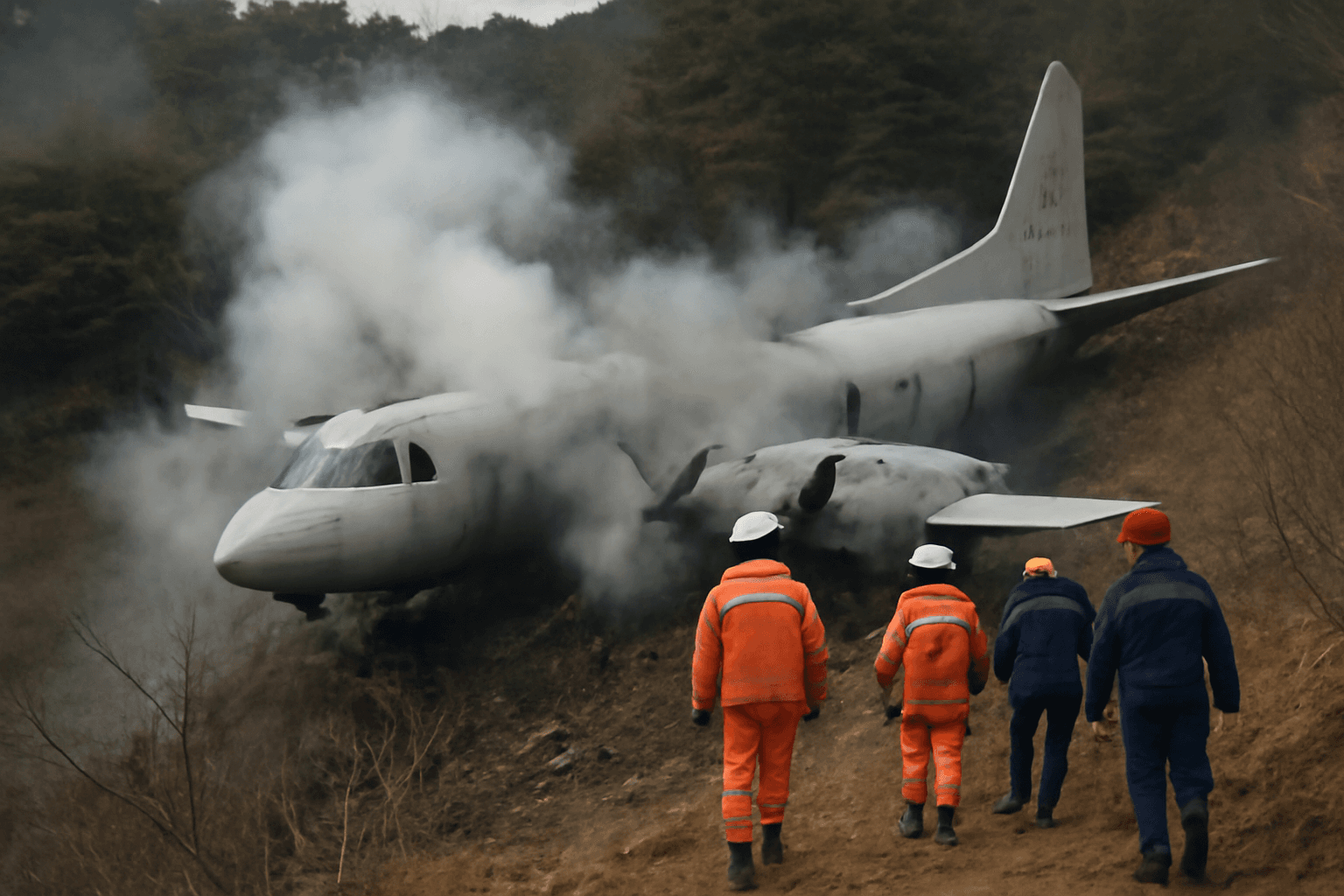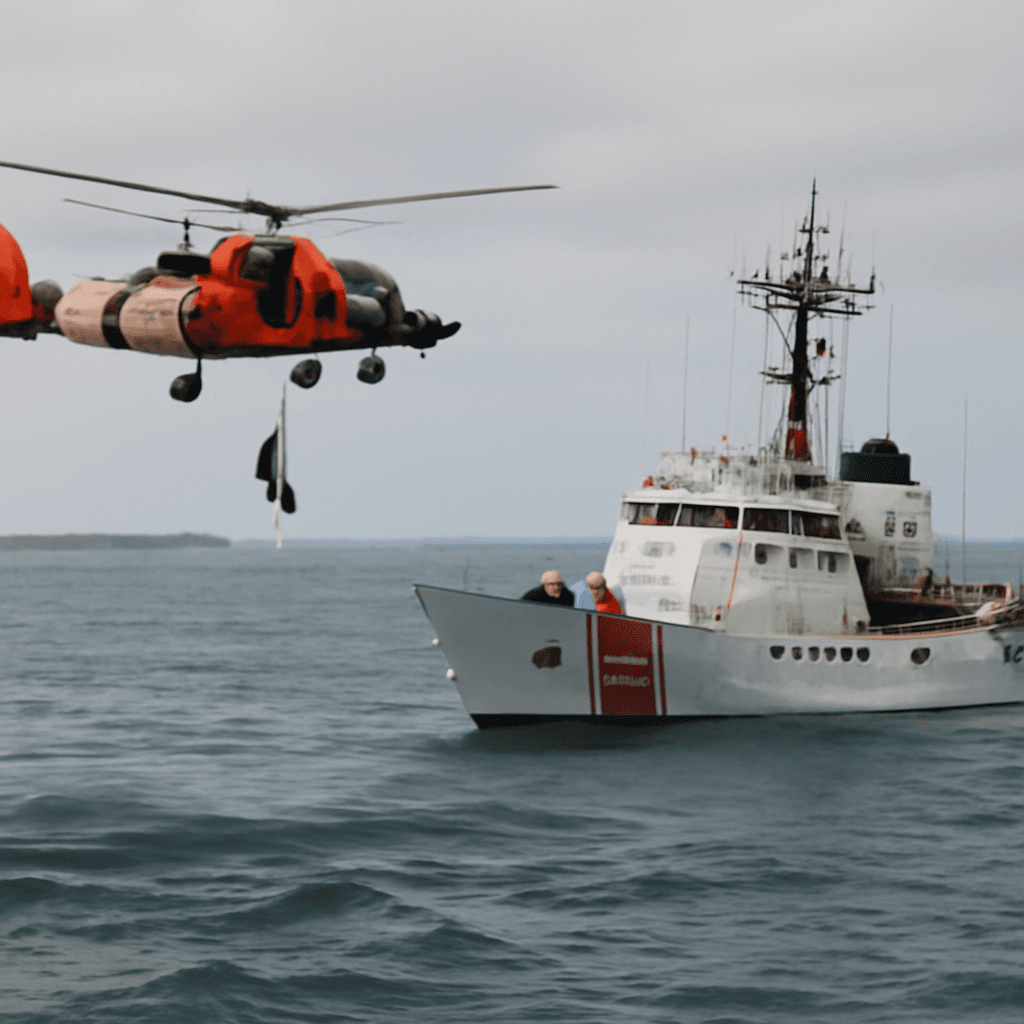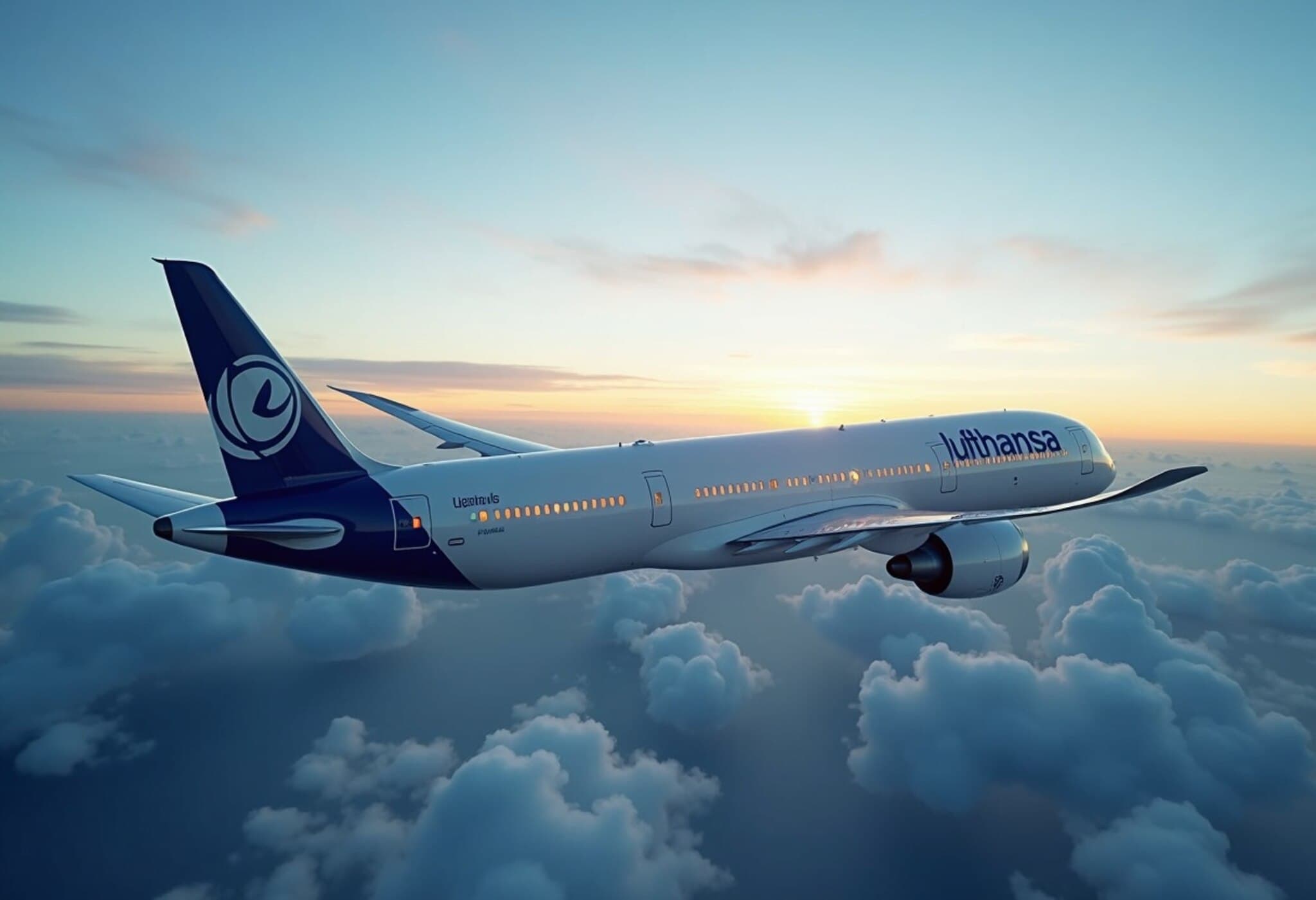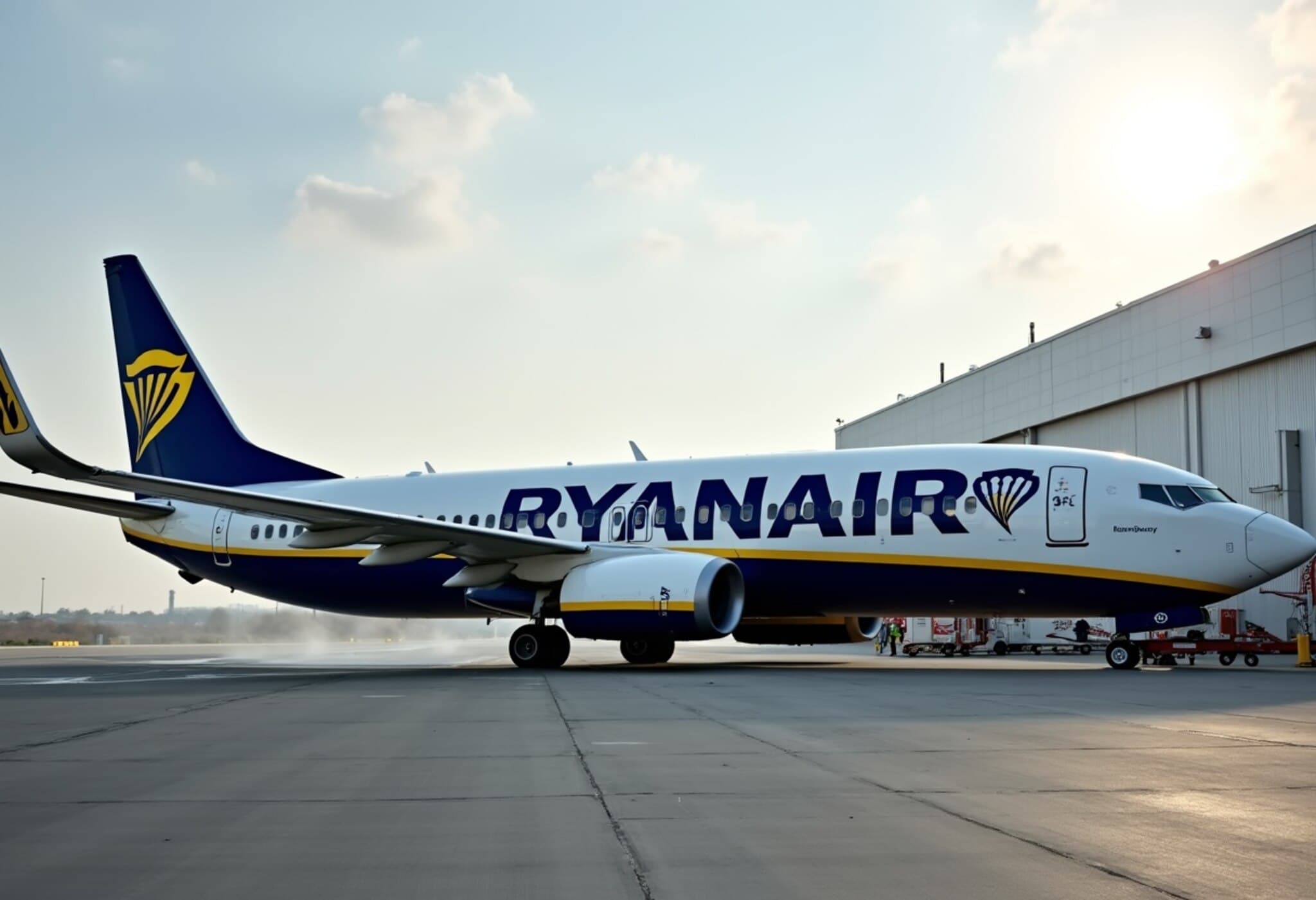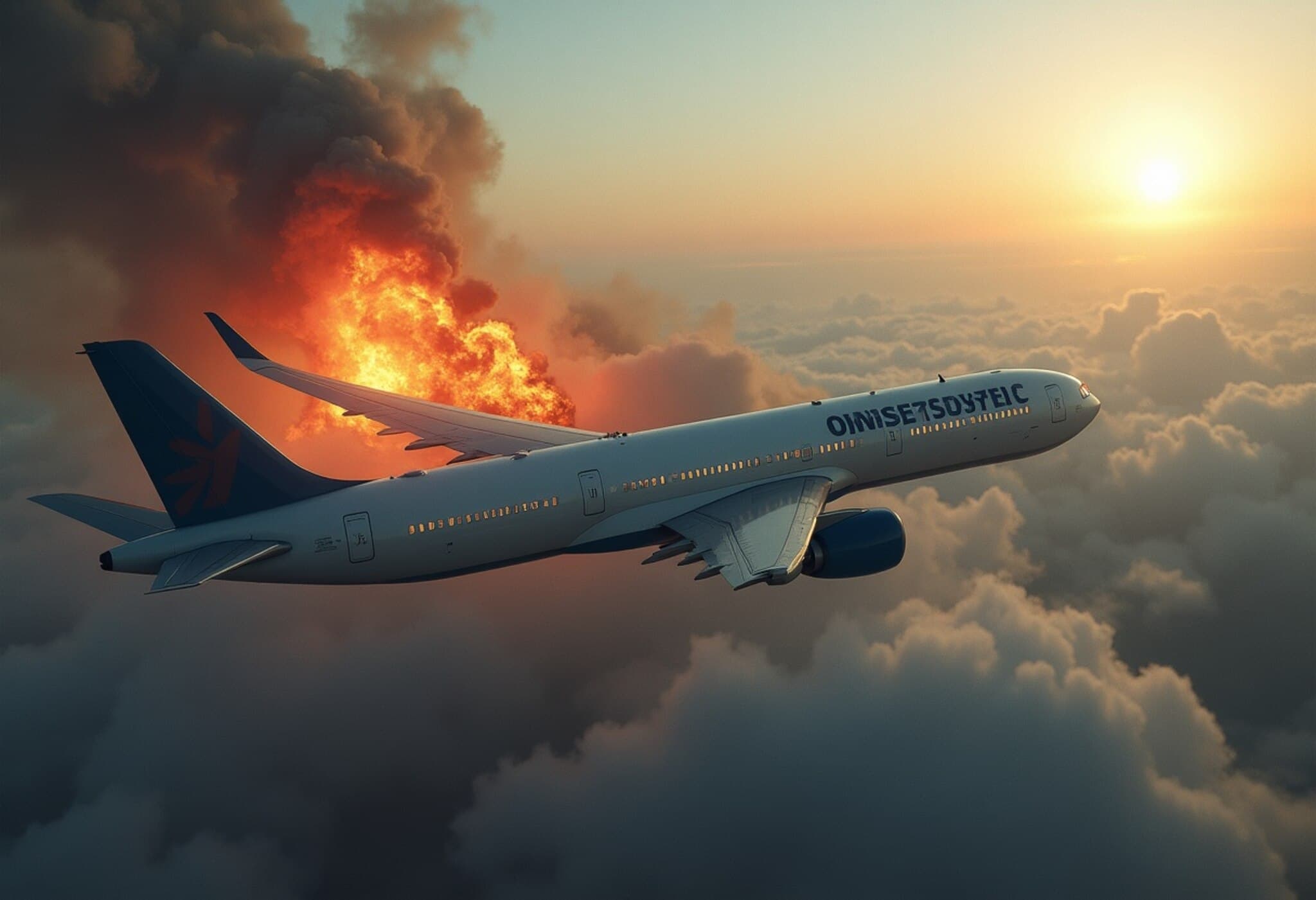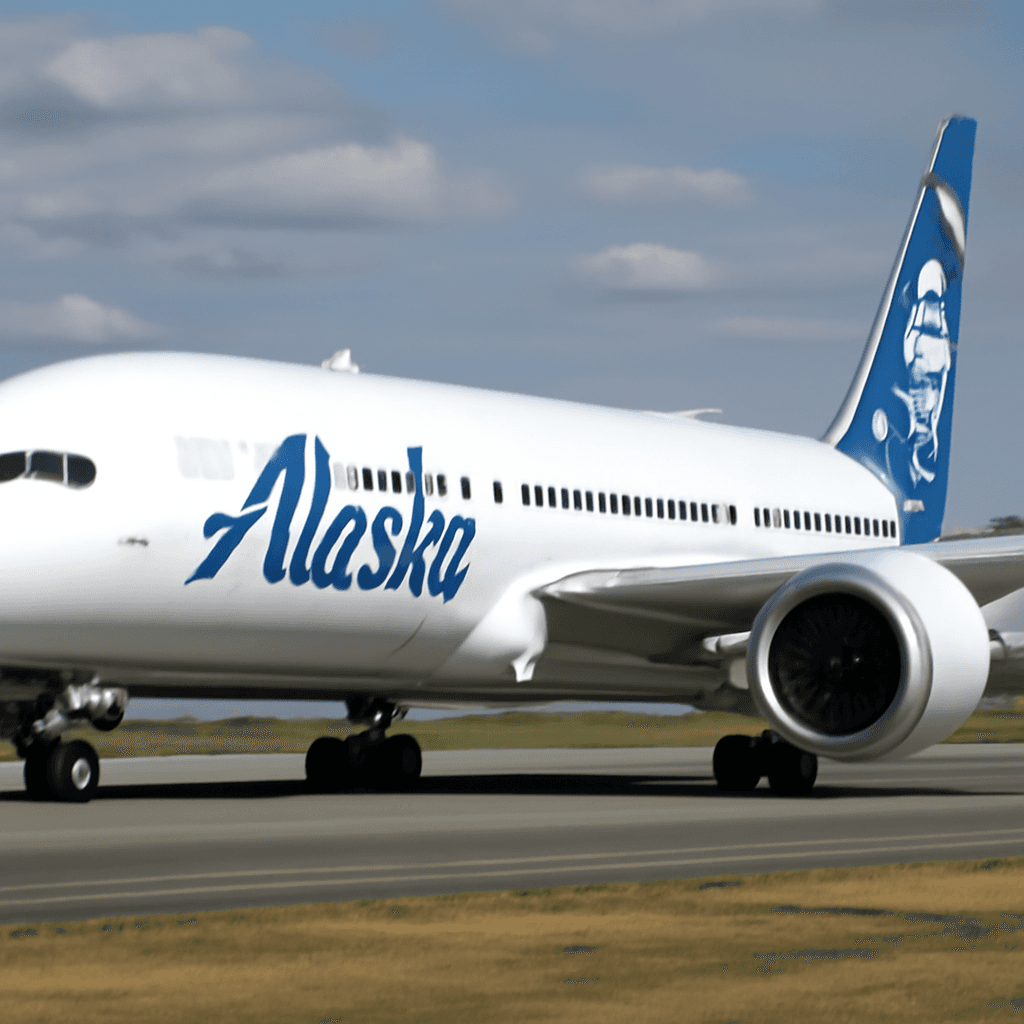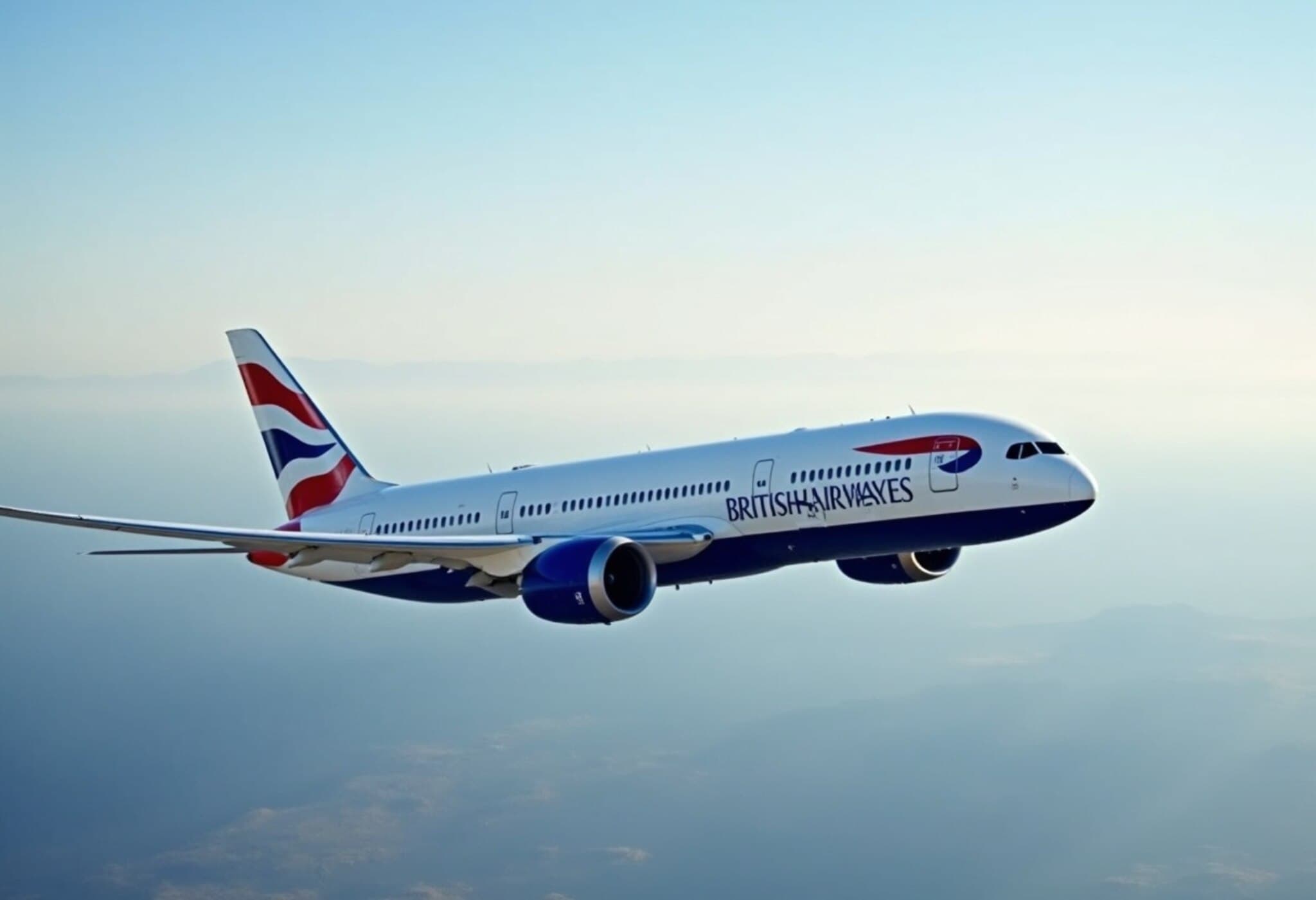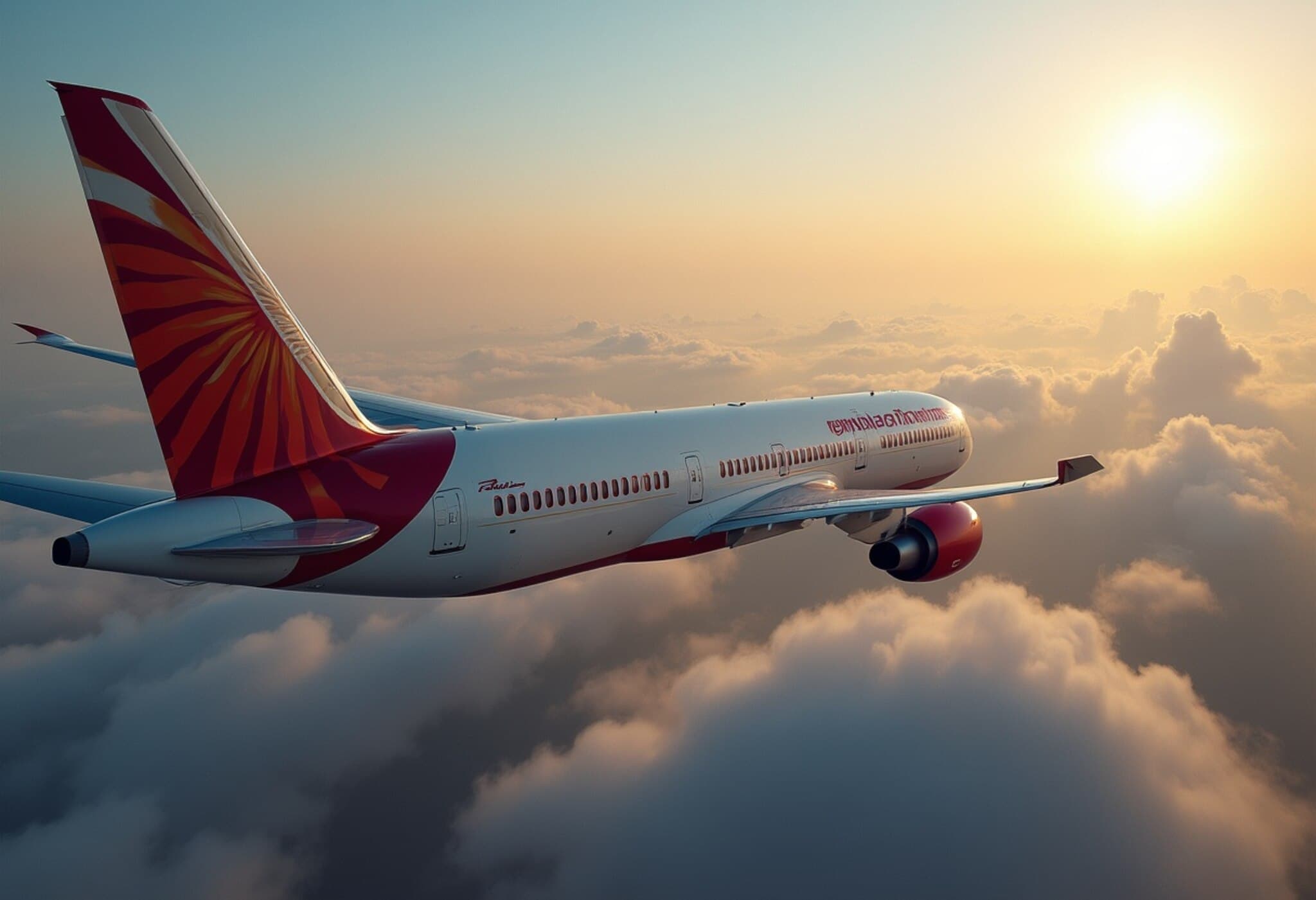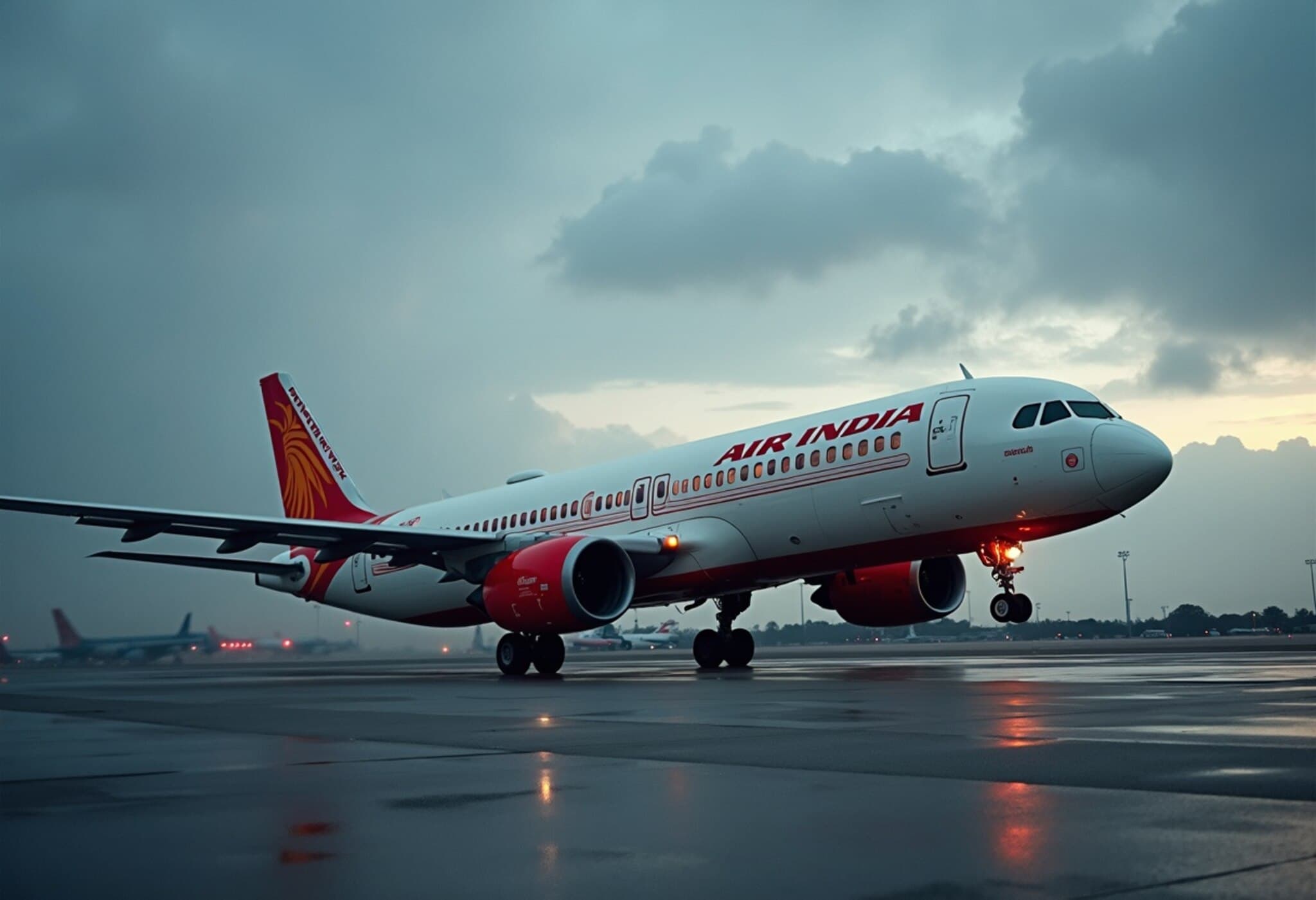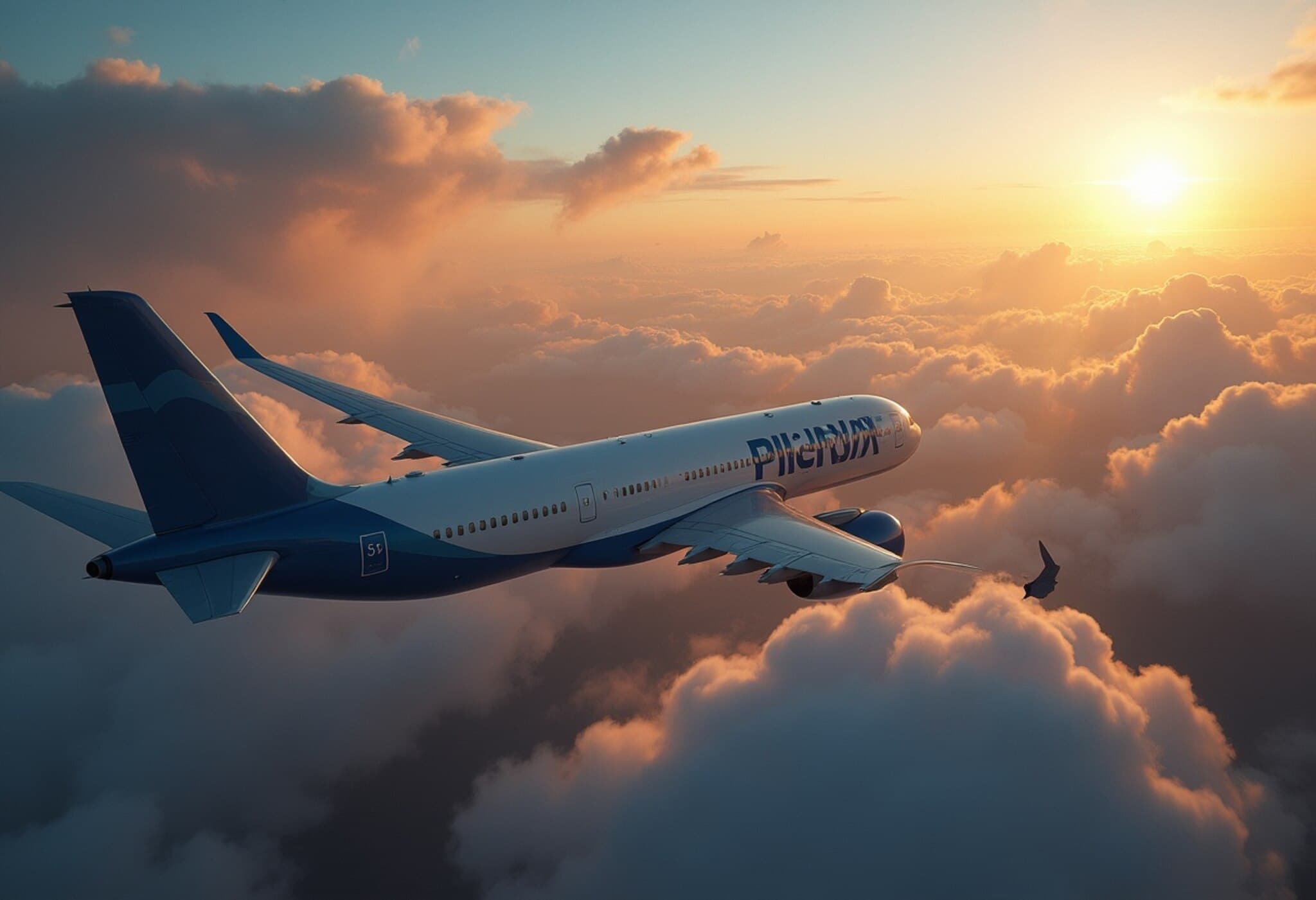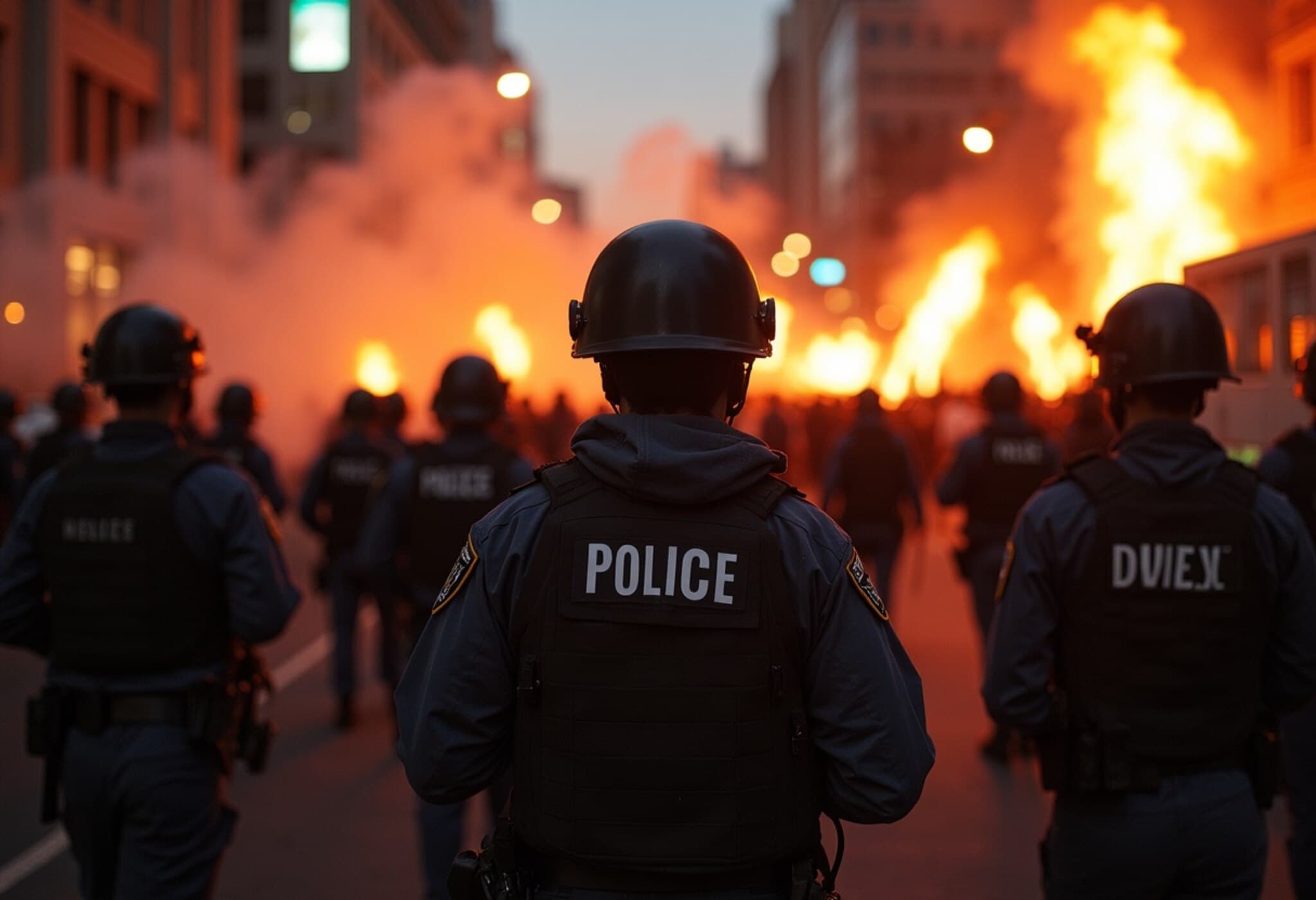Ahmedabad Plane Crash Puts Boeing 787 Dreamliner Under Intense Scrutiny
In a tragic aviation disaster, Air India's flight AI 171, carrying over 242 passengers en route to London, crashed shortly after takeoff from Ahmedabad. The aircraft involved was a Boeing 787 Dreamliner, widely regarded as a state-of-the-art, fuel-efficient, wide-body jet engineered for long-haul flights.
Safety Questions Resurface Following Devastating Crash
While the Boeing 787 Dreamliner has long been marketed as one of the safest planes in the skies, this crash has reignited concerns about the aircraft’s reliability. Over the past year, multiple whistleblowers within Boeing have voiced alarms about potential safety hazards linked to the 787’s assembly process.
Whistleblower Alleges Profit Over Safety
One prominent whistleblower, Sam Salehpour, who served Boeing for nearly 20 years, publicly accused the company of prioritizing profits over passengers’ lives. He claimed that after raising issues concerning assembly defects within the Dreamliner's fuselage, he faced retribution, including an involuntary transfer to a different aircraft program.
According to his attorneys, "Instead of addressing these critical warnings, Boeing pushed to get their planes to market faster, despite well-documented safety concerns."
Salehpour testified before the US Senate describing structural weaknesses in the fuselage, including small gaps and improper assembly that could cause premature wear or structural failure during flight.
Boeing's Response and Regulatory Investigations
Boeing has strongly defended the Dreamliner, stating unwavering confidence in its safety and denying any retaliation against Salehpour. Meanwhile, the Federal Aviation Administration (FAA) initiated an investigation in response to the allegations but later confirmed that all active 787 aircraft meet current safety standards.
Additional Whistleblower Comes Forward
In June last year, Richard Cuevas, a contractor involved with fuselage construction at Spirit AeroSystems, also raised flags regarding manufacturing irregularities. Cuevas reported sudden dismissal allegedly due to exposing dangerous deviations in a crucial component known as the forward pressure bulkhead, vital for maintaining cabin pressure.
His legal representatives filed complaints with both the FAA and the Occupational Safety and Health Administration, stating that Cuevas believes Boeing and Spirit AeroSystems have made misleading statements about the Dreamliner's safety to the public and investors.
Ongoing Investigation and Aftermath
The exact cause of the Ahmedabad crash remains under thorough investigation by Air India and the Directorate General of Civil Aviation (DGCA). Boeing has expressed readiness to support Air India’s efforts in the probe.
Shortly after takeoff, the pilots issued a mayday distress call to air traffic control; however, no further communications were received post-emergency call. Among the victims, there was at least one survivor.
- 242 people were onboard, including 169 Indian nationals, 53 British nationals, one Canadian, and seven Portuguese citizens.
Looking Ahead
This incident has thrust the Dreamliner's previously raised safety concerns back into the spotlight, intensifying scrutiny over Boeing’s manufacturing practices and corporate priorities. Aviation experts and regulators will undoubtedly follow the investigation closely, seeking answers and measures to ensure such tragedies do not recur.

